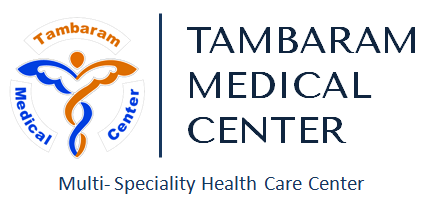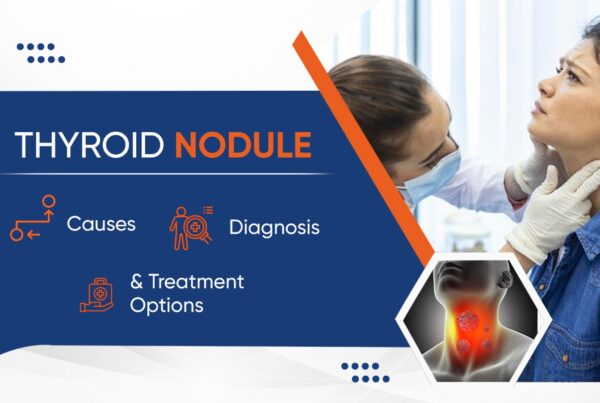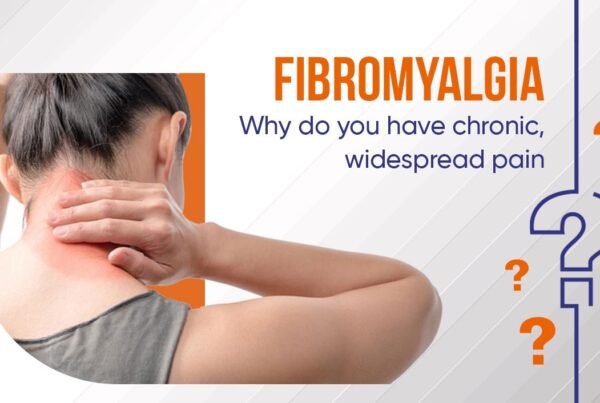Table of Contents
World Cholangiocarcinoma Day

World Cholangiocarcinoma Day is a day when individuals and organizations from all over the world get together in a non-political manner to coordinate internationally for the benefit of cholangiocarcinoma patients all over the world.
Cholangiocarcinoma is cancer that develops in the bile ducts of the liver and has a bad outcome. It’s frequently detected at a late stage, when treatment is only marginally successful, highlighting the urgent need for new treatments. There are no efficient prevention, early detection, or long-term therapy techniques available, indicating a substantial unmet medical need.
In 2016, the first World Cholangiocarcinoma Day was held. It has been held every year since then, creating an opportunity for a growing number of concerned charities, institutions, and individuals from all over the world to come together and increase awareness, offering support to all those who have been diagnosed with this difficult cancer.
On World Cholangiocarcinoma Day 2019, a new unified voice was revealed for the first time. On February 12, 2019, the Global Cholangiocarcinoma Alliance was officially launched. This group has joined to build a global voice in cholangiocarcinoma through community collaborations.
The GCA has a common goal of increasing CCA awareness in hopes of improving CCA prevention, survival, and treatment. World CCA Day is now part of the GCA’s strategy as it strives for a better future for everybody.
It is often referred to as bile duct cancer that occurs predominantly in adults older than age 50, however, it can appear at any age. It is classified into 4 types based on where cancer develops in the bile ducts:
Intrahepatic cholangiocarcinoma: It is a kind of liver cancer that develops in the portions of the bile ducts inside the liver.
Hilar cholangiocarcinoma: The bile ducts outside the liver are affected by hilar cholangiocarcinoma. It is also called Perihilar cholangiocarcinoma.
Distal cholangiocarcinoma: The fraction of the bile duct closest to the small intestine is affected by distal cholangiocarcinoma. This form is sometimes named extrahepatic cholangiocarcinoma.
It is commonly detected when it’s progressed, making good treatment hard to obtain.
The following are some of the signs and symptoms:
- The skin and the whites of the eyes turn yellow.
- Skin which is really irritating.
- Stools in white color.
- Exhaustion.
- Right side abdominal experiences pain, underneath the ribs.
- Weight loss without effort.
- Fever.
- Sweats at night.
- Urine that is dark in color.
When should you see a doctor?
See your doctor if you experience chronic fatigue, stomach pain, jaundice, or other symptoms and signs that disturb you. They may recommend you to a gastroenterologist.
Causes:
It develops when the DNA of cells inside the bile ducts changes. The DNA of a cell includes the codes that instruct it what to do. The modifications cause the cells to grow uncontrollably, resulting in tumors that can infiltrate and kill healthy body tissue. What triggers the alterations which lead to cholangiocarcinoma is unclear.
Factors that raise the risk:
Primary sclerosing cholangitis: This condition involves stiffness and scarring of the bile ducts.
Chronic liver disease: scarring of the liver induced by a history of chronic liver disease raises the risk.
Bile duct issues that are evident from birth: It is more common in people who were born with a choledochal cyst, which creates dilated and uneven bile ducts.
A liver parasite: In places in Southeast Asia, cholangiocarcinoma is connected with liver fluke infection, which can result from eating raw or undercooked seafood.
Getting older: Adults over the age of 50 are more likely to develop cholangiocarcinoma.
Smoking: It has been linked to a higher risk of cholangiocarcinoma.
Diabetes: It is more common in people who have type 1 or 2 diabetes.
Several hereditary diseases: Conditions that enhance the risk of cholangiocarcinoma are caused by DNA alterations passed down from parents to children. Cystic fibrosis and Lynch syndrome are two examples of these diseases.
Prevention of cholangiocarcinoma:
You can lower your risk by:
Quit smoking: A higher risk has been associated with smoking. Stop smoking if you do. If you’ve tried to quit before and were not successful, talk to the doctor about quitting.
Reduce your chances of developing the liver disease: A higher incidence of cholangiocarcinoma is linked to chronic liver illness. Some causes of liver disease are unavoidable, but some others can be prevented. Try to follow a Liver healthy lifestyle.
If you prefer to drink, for example, drink in moderation to lower your risk of liver cirrhosis. That is up to 1 drink per day for women and up to 2 drinks per day for men for healthy people. Keep a healthy body mass index. Follow the safety recommendations while working with chemicals.










